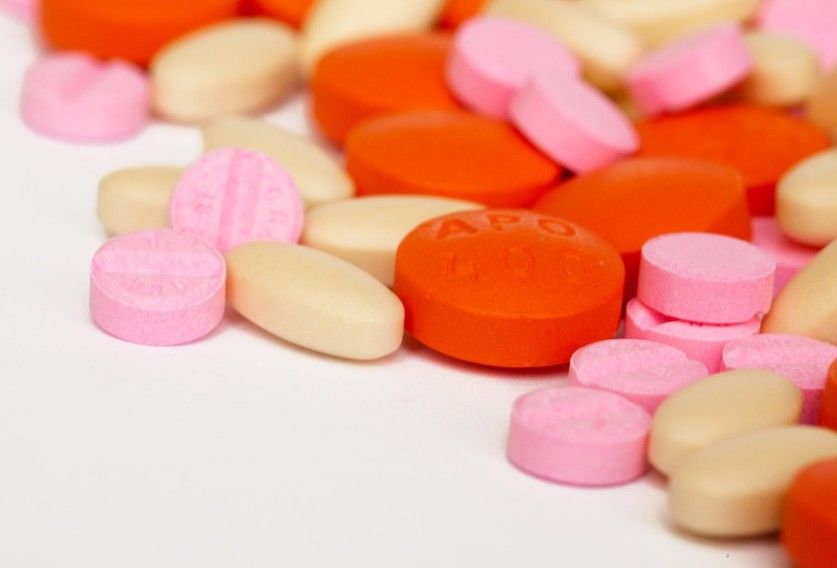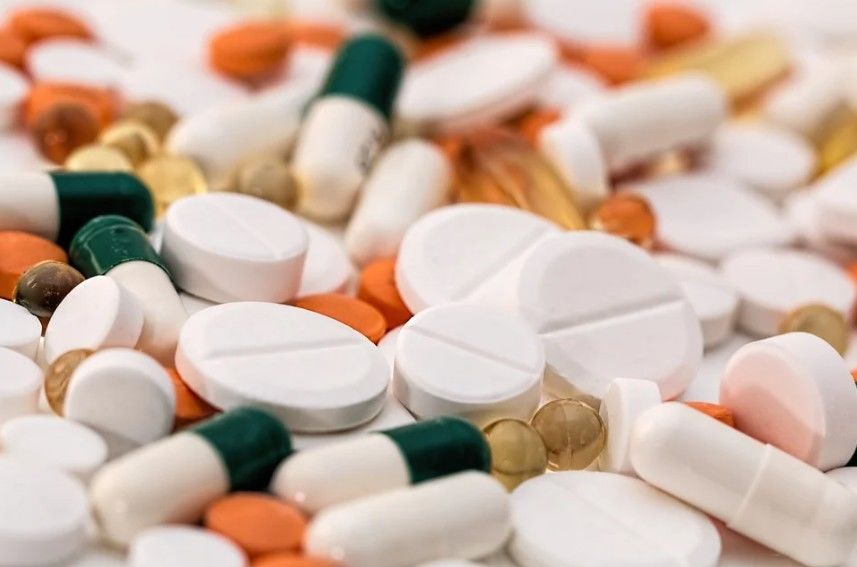Bacteria are living almost everywhere, as they can be on the kitchen table, on your bed, or even on your clothes. There are a few bacteria that are considered “good” or are beneficial to our health, but there are more variants that are “bad,” which can cause minor to severe illnesses in our body. One of the most effective methods for us to fight against these harmful bacteria is by consuming antibiotics, a drug that has special properties to kill pathogens. How were antibiotics invented? And who formulated its chemical structure? To know the answers in regards to the origins of the drugs, here is the history of the discovery and rediscovery of antibiotics.
Before Antibiotics
Before antibiotics were invented, doctors in the early 20th century would use substances with antibacterial properties to cure infections on patients. They have derived these substances from the ancient Egyptian medicinal practice where mold and pieces of plants would be added to the medicine to treat infectious diseases.
Discovery of Synthetic Antibiotics
The development of antibacterial drugs began when Paul Ehrlich was researching on how special dyes used for coloring clothing can add color to animal and bacterial cells. Because of his discovery, he proposed that certain chemicals that have the same properties as dyes can attach to a bacteria without putting harm in the host, which is the human body.
Ehrlich then started to experiment on hundreds of dyes until he came up with a useful drug in 1907, although it was not yet tested on humans. In the same year, Ehlrich, with the help of German chemist Alfred Bertheim, experimented on mice and rabbits see if the chemicals that they have derived from dyes could cure the animals’ infections. The disease found on mice is trypanosomiasis, and the one found on rabbits is spirochaeta, which are both caused by parasites. Unfortunately, the tests were deemed a failure since the chemicals were too toxic for the host, even if they killed the parasites successfully.
Paul Ehrlich did not give up on his goal of creating an antimicrobial drug, and he continued experimenting on dye-derived chemicals from 1908 to 1910. Now accompanied by a Japanese bacteriologist named SahachiroHata, Ehrlich was successful in formulating a synthetic antibiotic to treat syphilis in 1910 when their 606th compound did not kill the host. They subsequently named the drug “606” when they presented their discovery at the Congress for Internal Medicine at Wiesbaden, Germany.
A company called Hoechst AG then began marketing the drug with the name “Salvarsan,” although the antibiotic is now known today as arsphenamine. Because of Ehrlich’s perseverance in creating the beneficial drug, he was awarded the Nobel Prize in Physiology or Medicine in 1908. His partner, SahachiroHata, was nominated for the Nobel Prize in Chemistry three years after, and he was nominated two times for the Nobel Prize in Physiology or Medicine in 1912 and 1913.
While Ehrlich’s drug was the first synthetic antibacterial medicine, German pathologist Gerhard Domagk’s invention was the first systematically active antibacterial drug, which he named Prontosil. Domagk’s drug was developed between 1932 and 1933 at the Bayer Laboratories in Germany. The pathologist was awarded the Nobel Prize in Physiology or Medicine in 1939 for his invention. Thanks to Domagk’s drug, it paved the way for more powerful antibiotics to be developed, and one of which is the penicillin.
Rediscovery of Natural Antibiotics and the Creation of Penicillin
As mentioned previously, one of the ways that doctors treat infections before the invention of synthetic antibiotics is by using natural ingredients like plants or mold. The effectiveness of this method because quite interesting for scientists during the late 20th century, and the curiosity prompted them to research more on how nature can kill bacteria.
Since the 19th century, there have been studies proving that several specific microorganisms are able to hinder the growth of other microorganisms inside the host, and these studies have become the basis of how scientists can formulate antibacterial drugs using microorganisms.
Sir William Robert, a physician who was residing in England, has noticed that a species of mold named “Penicilliumglaucum” are utilized in making blue cheeses without having harmful bacterial properties, like causing infections and other diseases. French biologist Louis Pasteur then experimented on a related mold “Penicilliumnotatum,” and he discovered that a harmful species called “Bacillus anthracis,” the agent of a disease named anthrax, could not grow in an environment where the former is present.
Further studies were then conducted in relation to how the genus “Penicillium” can stop other microorganisms from thriving inside the host. One of the most notable studies was conducted by Ernest Duchesne, who noted that the bacterium E.coli was killed by “Penicilliumglaucum” when they were grown on just one culture.
The research for natural antibiotics was finalized when Sir Alexander Fleming, a Scottish microbiologist and physician, discovered the molecule “penicillin” in 1928. Penicillin is produced by certain molds belonging to the “Penicillium” genus, and its purpose is to kill specific species of bacteria. Fleming then organized experiments to see if the molecule can cure infections on the host, but he was unsuccessful in formulating a useful drug due to the lack of experience in chemistry.
Fortunately, Fleming’s discovery was eventually improved upon by trained chemists Edward Abraham and Ernst Chain, as well as an experienced pharmacologist named Howard Florey. The four scientists were able to develop the first penicillin called “penicillin G” in 1942. However, the drug was not available to the public until 1945, when English biochemist Norman Heatley created and helped manufacture in bulk the purified penicillin, which has lower toxicity levels for humans compared to the penicillin G. In the same year, Alexander Fleming, Ernst Chain, and Howard Florey shared the Nobel Prize in Medicine.
Penicillin is still being used today to treat infections, although there have been more than ten classes of antibiotics that were developed from 1946 to 2003. On the other hand, many species of bacteria have begun developing immunity on certain antibiotics, which made the development of new classes more difficult for biochemists. As long as experts continue discovering new ways to fight bacteria, the dreaded day when pathogens cannot be eliminated by medicine may not happen.


